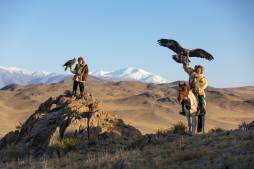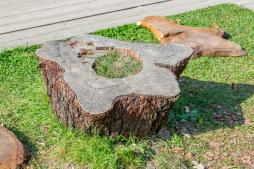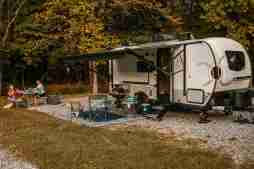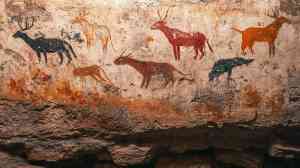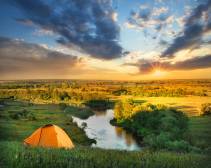Tracking the Progress: From Endangerment to Abundance of Bald Eagles

The bald eagle, once a symbol of majestic wilderness across North America, faced severe threats that pushed it to the brink of extinction. Today, thanks to concerted conservation efforts, this iconic bird has made a remarkable comeback. In this article, we’ll explore the journey of the bald eagle from endangerment to abundance and highlight key factors that contributed to its successful recovery.
The Decline of the Bald Eagle Population
Bald eagles experienced significant population declines in the mid-20th century due to habitat loss, hunting, and especially exposure to pesticides like DDT. These chemicals caused thinning eggshells leading to reproductive failures. By the 1960s and 1970s, bald eagles were listed as endangered in many parts of their range with populations dwindling drastically.
Key Conservation Measures Implemented
Recognizing the bald eagle’s plight, governments and conservation groups took critical steps including banning DDT usage in 1972 in the United States. Legal protections under laws such as the Endangered Species Act helped safeguard nesting sites and habitats. Additionally, captive breeding programs and public education raised awareness about preserving these birds and their environments.
The Role of Habitat Restoration
Restoring wetlands and forested areas crucial for nesting and hunting played a pivotal role in supporting bald eagle recovery. Efforts focused on protecting large trees near water bodies where eagles build nests enabled them to breed successfully again. Clean water initiatives also ensured healthier fish populations which are a primary food source for these raptors.
Monitoring Progress Through Research
Continuous monitoring through banding studies, aerial surveys, and nest counts provided valuable data on population trends over time. This research helped scientists adapt management strategies effectively ensuring sustainable growth while addressing new challenges such as human disturbance or environmental changes.
Celebrating Conservation Success Stories
Today’s thriving bald eagle populations stand as a testament to what dedicated conservation can achieve when communities come together with policymakers and scientists alike. The species has been removed from endangered status in many regions but remains protected due to its ecological importance and symbolic value.
The return of the bald eagle highlights how informed action combined with perseverance can reverse even severe wildlife declines. Protecting natural habitats continues to be essential for maintaining healthy ecosystems where both wildlife and people benefit equally.
This text was generated using a large language model, and select text has been reviewed and moderated for purposes such as readability.
